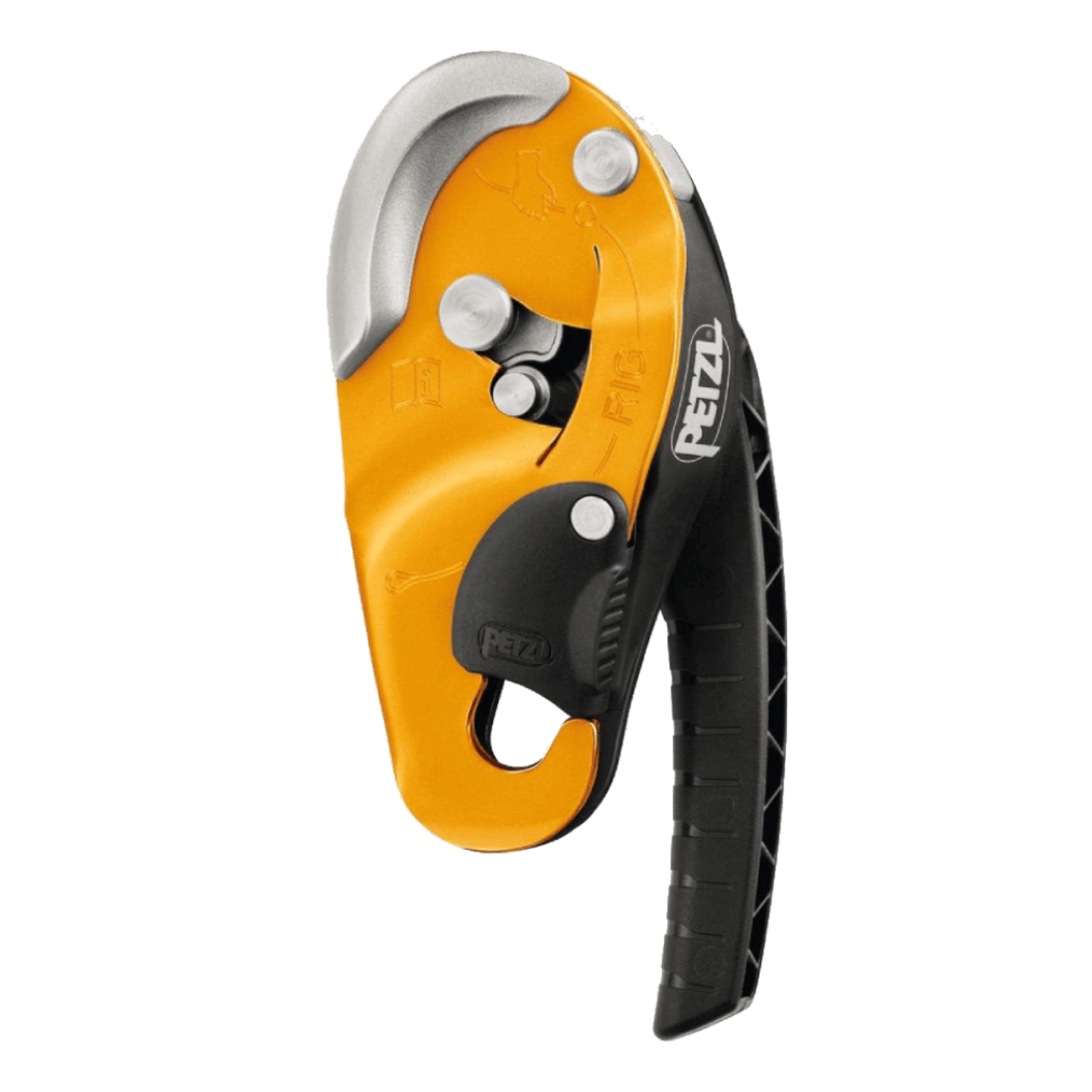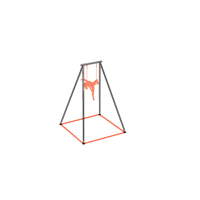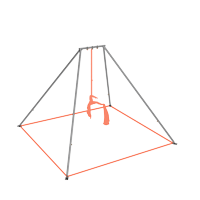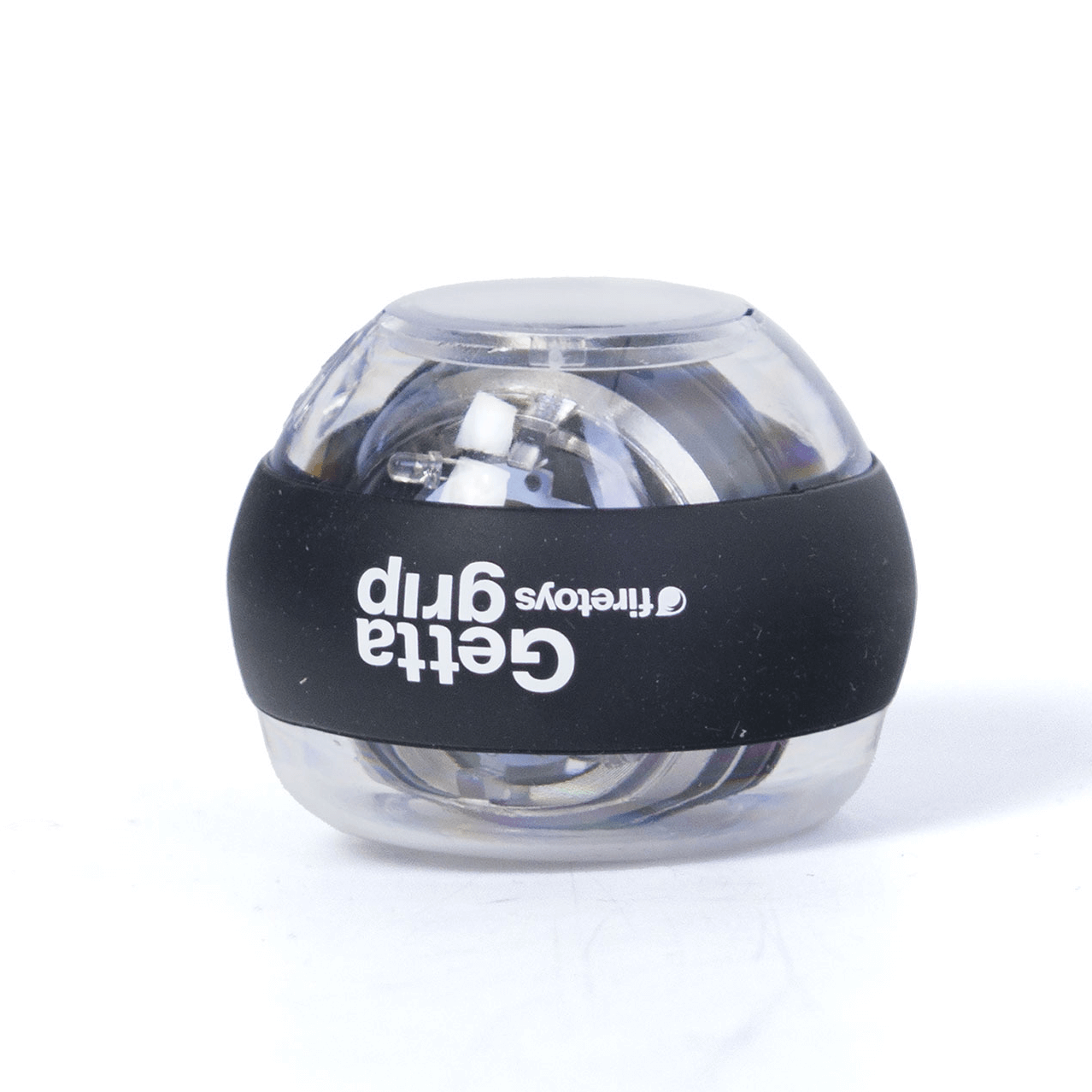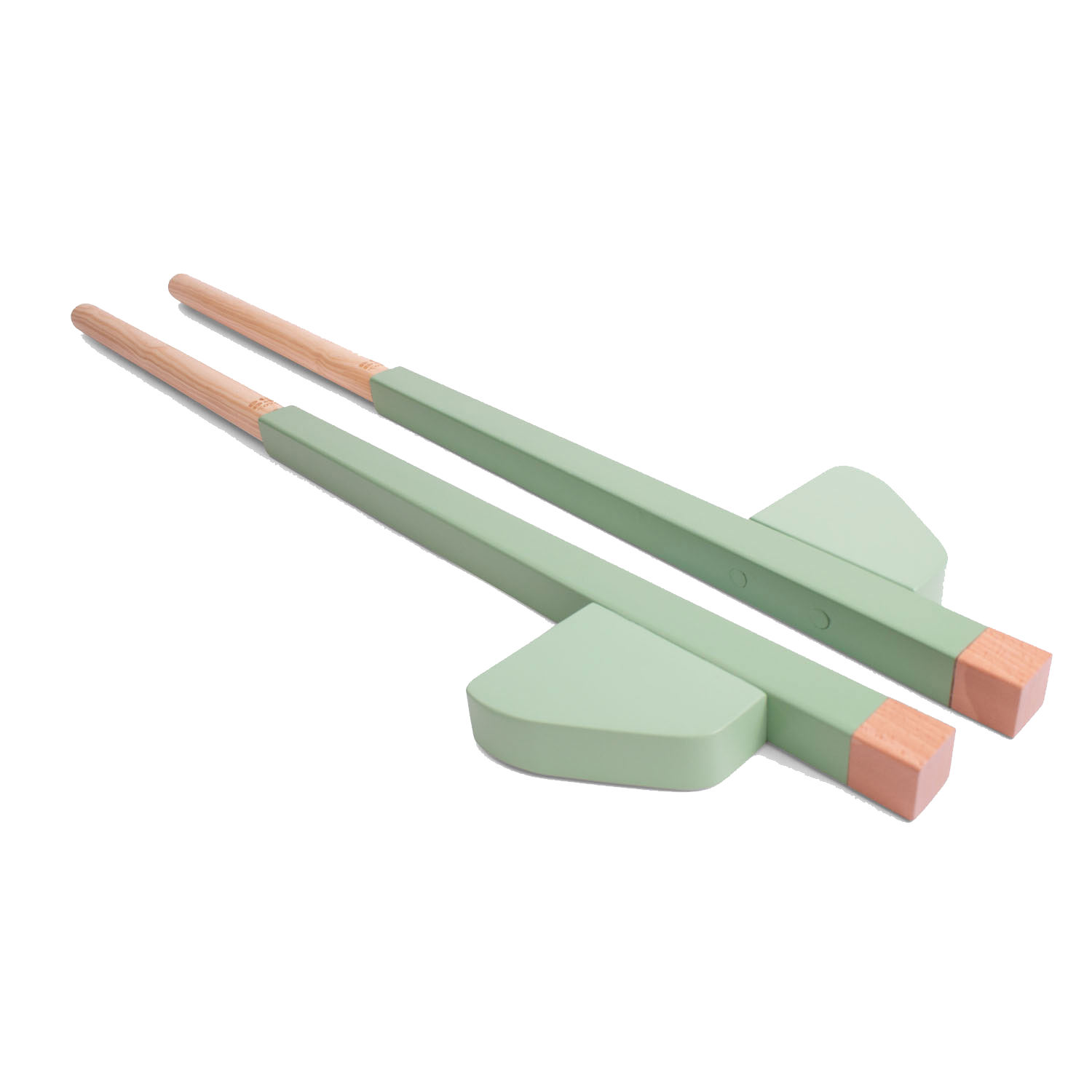What You Need To Know About Aerial Yoga?
Aerial Yoga has hugely increased in popularity in the last 5 years since branching out to the U.K. But what is aerial yoga? What happens in an Aerial Yoga class? What do you need to know before you buy an aerial yoga hammock or sling? This article has the main information you'll need before your first aerial yoga lesson.
Just like traditional yoga and other aerial disciplines like aerial silks or trapeze, for example, there's now somewhere to learn Aerial Yoga almost everywhere you go. There are a lot of benefits to learning Aerial Yoga, (Floating Yoga / Swing Yoga) is a combination of yoga, Pilates, callisthenics, and aerial acrobatics using a suspended hammock. Suspension training enables you to stretch deeper than traditional forms of yoga while providing a full-body workout.
For those yogis working on grounded inversions, like handstands or back-bends, the fabric supports you while you're in the pose, which helps you build strength, flexibility, and confidence. So expect to spend a lot of time upside down!
If you're interested in starting a high-intensity aerial discipline, aerial yoga can be a great introduction to inversions, and a brilliant way to build up to high impact activities like aerial silks, rope (corde lisse), or aerial hoop.
If you’re interested in learning Aerial Yoga then we always recommend you take classes with a trained professional before you consider owning your own hammock, particularly if you want to rig your aerial equipment at home. Please, only do so if you are ready to work without supervision and have a full understanding of the safety issues.
What Is An Aerial Yoga Hammock?
Aerial Yoga Hammocks come in a few different styles and lengths, depending on the brand. Some have long tails with moulded handles and foot loops for extended stretches, while others have no tails at all.
Some are made from a thin parachute fabric with little to no stretch, and some are thicker, with more grip and stretch. Some have D rings attached at the knots, others have O rings, and some have nylon slings or carabiners.
Like most of the props we sell here at Firetoys, the type of Hammock to buy often comes down to personal preference. Ours are the thick, grippy, stretchy ones with O rings attached, our tails don’t have handles, they can be adjusted and are currently available in both 6M (19ft) and 10M (32ft). These are the industry standard hammock found in studios around the world.

Aerial Rigging Safety and Advice
Aerial Hammocks can be rigged either as a single or double point by using carabiners and daisy chains, you can find more info about daisy chain safety here. Choosing your rigging configuration is often down to the space you’ll be rigging your equipment in, and what you're rigging from.
Rigging an Aerial Yoga Hammock from two anchor points (double point configuration) gives you more space between the fabric, while single point brings the sides close together for a comfy cocoon, and you only need one anchor point.
We always recommend you contact qualified professionals when considering a home or studio installation as there are structural, zoning, and insurance issues that need to be considered.
Thinking About Buying And Rigging Your Own Aerial Sling?
The minimum height you need for a point used for fabrics is 5M (16ft) The minimum space you need for most other static aerials is 4M (14ft). Do you have at least 2M (6ft) unobstructed in every direction from where you want your anchor point? Where are you going to store the crash mat? What is the strength/ load capability of the area or structure you want to rig from? This is one of the most important factors when considering rigging your own hammock, and is something we wouldn't be able to advise on.
We recommend that you speak to a structural engineer to ensure that your space is capable of supporting the loads being applied, They will need to know what it is being used for. When using it only for yoga you will want to assume applying occasional maximum peak loads of 2-3 times your body weight, with swinging and bouncing it will probably happen…
All Firetoys Aerial equipment is fully load tested and certified, including our Aerial Yoga Hammocks. Sadly, there have been several tragic stories over the past few years of aerial performers being injured. Our highest priority is and always has been our customer's safety, and we do everything we can to ensure our equipment is up to code, but safe practice and routine checks are key to continued safety.
Whatever you do, don’t be tempted to use cheap ceiling hooks which screw into the bottom of a beam. These are not rated for human loads and are not suitable hardware to install for this purpose.
Anything that claims to be able to be rigged from a door frame for a human load to invert safely should be approached with caution.
When yoga hammocks are new they can seem extra stretchy at first, this will pass after a little while but until then you'll need to know how to tie and adjust the knot of your aerial yoga hammock. Watch our video below to find out how!
Thanks to Simply Circus for their rigging safety advice.
If you want one of your very own, our Firetoys Aerial Yoga Hammocks are available here.























